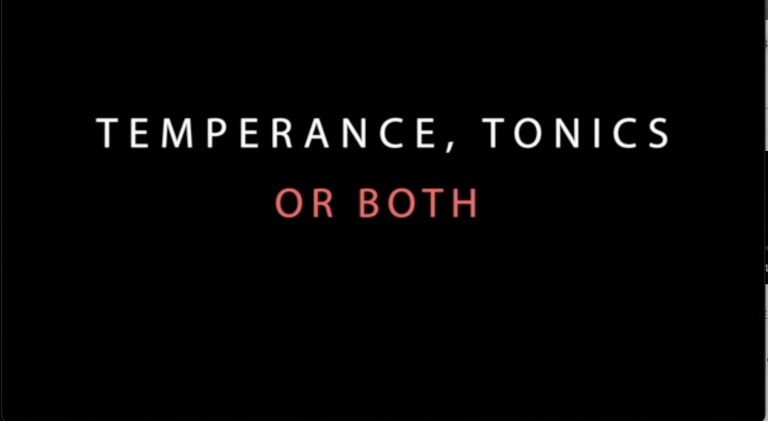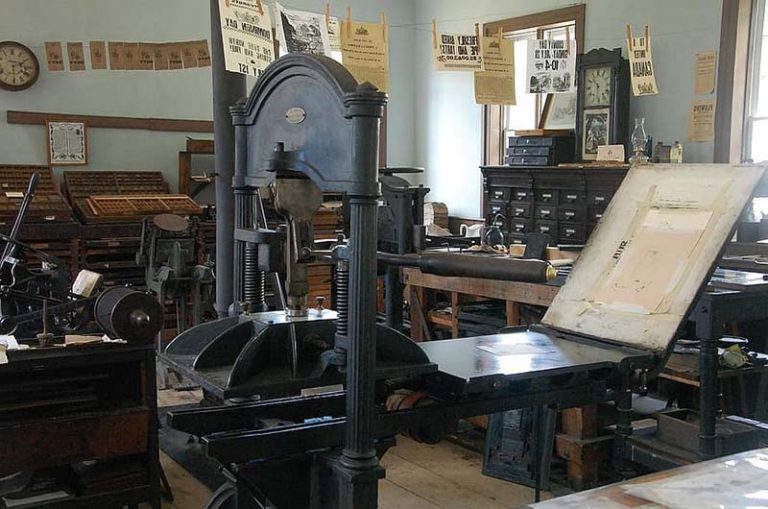As the last reading, this is a sold summary of issues related to our discussions. His introduction summarizes the predicament clearly: if the future of the world is tied into the formation, reproduction and contestation of culture, ideologies and politics in North America and Europe (political power being exercised through powerful institutions of public communication, the mass and electronic media acting as gatekeepers for the public sphere) then there is a choice between a world full of informed civic engagement or one of fear, greed and ignorance. He lays the problem at the feet of news media for its inability to sustain democratic values like participation, equality, representative diversity, civic engagement and genuine choice. Like many writers in this course, his critique includes the media’s inability to contribute to the formation of a public sphere, as first defined by Jurgen Habermas. Next, he takes on the centralization of power in the context of the new post-Fordist era of capitalism. His critique goes beyond the concentration of media power to encompass some of the impacts these trends have on newsrooms, such as internal policies, staffing and job satisfaction. Next, he examines the inequality of media, both in content and in diversity within the newsroom, as well as the homogenization of discourses generated by news media by ignoring a wide-ranging set of perspectives and reducing the content to a pabulum of repurposed and recycled material lacking any truly local content. This results in the undermining of communities, both geographic and of interest, in order to serve advertisers. News becomes less about facilitating the exchange of knowledge in a public commons and more like a private enclosure of corporate-controlled commodities. Any challenge to the system is muted because communication policy development takes place behind closed doors or with little public input. Also, the rights of citizens in regards to privacy and freedom of expression are being eroded.
To respond to the democratic deficit created by these conditions, the authors are mindful of the volatile nature of democracy and the importance of grassroots contestation of the current conditions. There is criticism of progressive movements for not fully utilizing the tools available to them, despite citing several key positive initiatives. If these social movements are going to find success, the authors suggest the media become one of the fields of struggle creating a typology called democratic media activism. This media-centric analysis is based on the idea that communications I not a mere superstructure, but constitutive of current capitalism. By defining this as a site of struggle, then a breakthrough can be achieved.
This reading is striking since it weaves so many of the other threads together. And, while it seems media as a determinant, it forces the discussion towards media reform in conjunction with related issues. One example is the media-justice agenda of an American youth alliance. It would seem both reform agendas must be addressed simultaneously rather than in isolation. It is a fascinating argument and a meritorious one, as well.
First posted: 7/17/07

